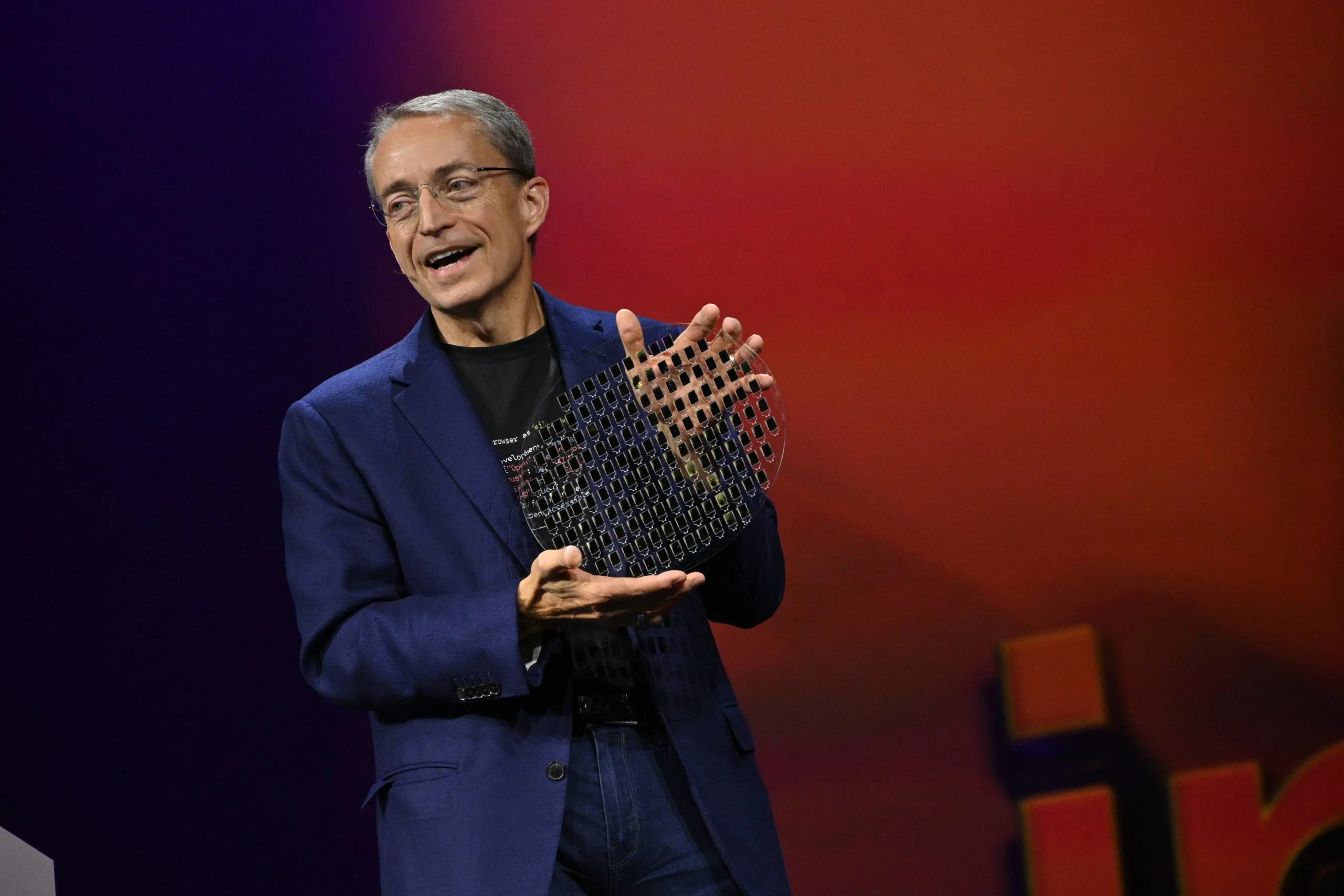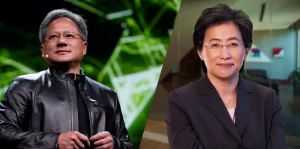Introduction:
In a strategic maneuver that underscores its commitment to technological advancement and market leadership, Intel has reportedly secured the majority of high-NA EUV lithography machines extreme ultraviolet (EUV) equipment manufactured by ASML up to the first half of next year.
High-NA EUV machines are the next generation of chipmaking technology, capable of producing even smaller and more powerful transistors. Securing these machines early gives Intel a potential advantage in developing next-generation chips.
This move, as reported by TheElec, not only signifies Intel’s proactive stance in the semiconductor industry but also sheds light on its ambitions to regain its competitive edge in the market.
Follow us on LinkedIn for everything around Semiconductors & AI
ASML Partnership and Equipment Acquisition:
ASML, the renowned Dutch fab equipment manufacturer, is slated to produce five units of high-NA EUV machines this year, all of which will be allocated to Intel, its sources revealed.
Considering ASML’s production capacity of approximately five to six units per year, Intel’s acquisition of the initial stock implies a significant advantage in terms of technological infrastructure and capability.
Read More;Made in India: Tata Electronics Exports First Batch of Semiconductor Chip – techovedas
Significance of High-NA EUV Equipment:
The NA EUV lithography machines, a crucial component for chipmakers venturing into the realm of 2-nanometer (nm) process node chips, holds immense importance in enabling the fabrication of cutting-edge semiconductor designs. With each unit costing over 500 billion won, its acquisition underscores Intel’s willingness to invest substantially in its manufacturing capabilities to stay ahead of the competition.
Intel is placing a big bet on using High NA EUV technology for its 14A process node in an effort to become a leader in the foundry business.
High NA EUV is cutting-edge: It allows for creating denser, more powerful chips compared to traditional EUV.
Intel lagged behind: In the past, Intel was slower to adopt EUV compared to competitors like TSMC. This hurt their chip manufacturing capabilities.
Foundry leadership: By taking the lead with High NA EUV, Intel hopes to establish itself as a preferred foundry for other companies needing the most advanced chips.
Read More;Made in India: Tata Electronics Exports First Batch of Semiconductor Chip – techovedas
Understanding Numerical Aperture (NA):
Numerical Aperture (NA), a key metric in optical systems, signifies the system’s ability to collect and focus light. The transition from a NA of 0.33 to 0.55 in high-NA EUV equipment signifies a significant improvement in the equipment’s capacity to draw finer circuit patterns, thereby enhancing the overall efficiency and performance of semiconductor production processes.
Read More: Top 5 VLSI Books for Beginners in VLSI Technology 2024 – techovedas
Intel’s Competitive Edge:
What sets Intel apart from its rivals, namely Samsung and SK Hynix, is its accelerated adoption of high-NA EUV technology.Intel is getting ready to use this new equipment in its manufacturing sooner than other companies. But other companies are also planning to start using it later next year. This strategic advantage positions Intel as a frontrunner in delivering state-of-the-art semiconductor solutions to its clientele. Additionally, this move strengthens Intel’s competitive edge and underscores its commitment to innovation in semiconductor manufacturing.
Read More:$42 Million: PSMC Opens New Factory to Produce 50,000 12-Inch Wafer including CoWoS – techovedas
Strategic Objectives and Foundry Re-entry:
Moreover, Intel’s preemptive purchase of the high-NA EUV equipment aligns with its broader strategic objectives, particularly its re-entry into the chip foundry or contract chip production business. Despite facing setbacks, such as the reported loss of US$7 billion in the foundry market last year, Intel remains steadfast in its pursuit of market dominance and technological supremacy.
Read More:Satya Nadella, Sam Altman, and Sundar Pichai to Join U.S. AI Security Advisory Board – techovedas
Conclusion:
In conclusion, Intel’s acquisition of the majority of high-NA EUV machines underscores its unwavering commitment to innovation and market leadership in the semiconductor industry. By leveraging advanced manufacturing technologies and strategic investments, Intel is poised to redefine the landscape of semiconductor fabrication. Consequently, this move solidifies its position as a pioneer in the field. As the industry awaits further developments, Intel’s strategic move serves as a testament to its resilience and determination to shape the future of technology.




